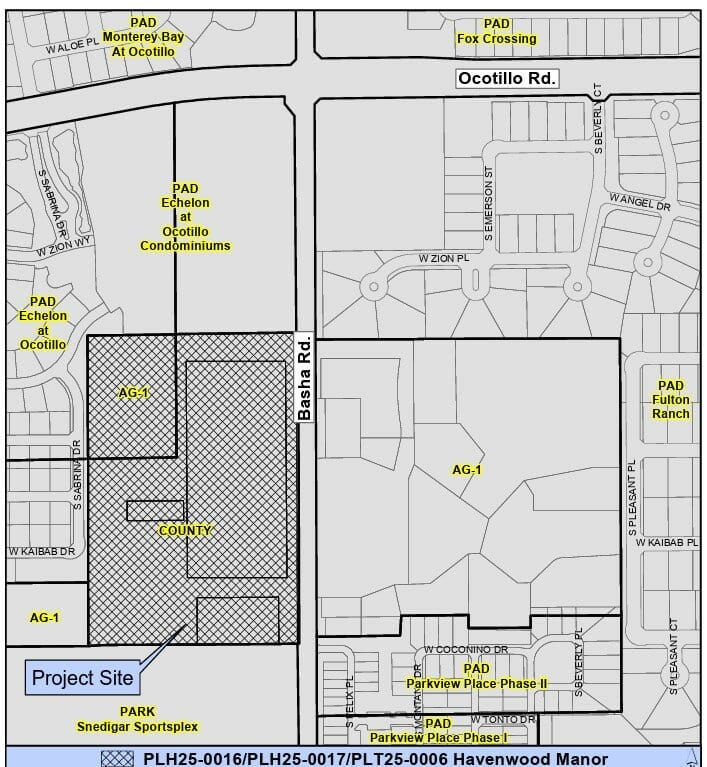
At stake for Arizona is $8.3 billion in exports to Mexico and $2.1 billion in exports to Canada
By Megan Janetsky | Cronkite News
The Trump administration took a major step toward renegotiating the North American Free Trade Agreement with the release Monday of a detailed list of objectives for trade talks.
The 18-page, bullet-pointed goals call for closing trade deficits, increasing U.S. exports and modernizing the 1994 trade agreement that broke down trade barriers between the United States, Mexico and Canada.
Swiftly repealing NAFTA was a campaign pillar of then-presidential candidate Donald Trump, who called it the “worst trade deal in history” and blamed it for the loss of U.S. jobs in sectors like the automotive industry.
But one expert predicted that – based on the extensive list of goals outlined Monday by the Office of the U.S. Trade Representative – renegotiations are going to be far from swift.
“The objectives will be very difficult to achieve in a negotiation that is concluded this year,” said Jeffrey Schott, a senior fellow at the Peterson Institute for International Economics. “The thought that you could do all of this in an expedited negotiation is very optimistic.”
The outcome of those negotiations could significantly shift trade with Canada and Mexico that supports nearly 14 million American jobs, according to the U.S. Chamber of Commerce. The chamber said that since NAFTA took effect in 1994, U.S. trade with those two countries has nearly quadrupled to $1.3 trillion annually.
At stake for Arizona is $8.3 billion in exports to Mexico and $2.1 billion in exports to Canada last year, according to data from the International Trade Association.
The renegotiation process began in May when the administration formally advised Congress that it planned to move forward, starting the clock on months of public comment that has resulted in more than 12,000 responses. The earliest actual negotiations with Canada and Mexico could begin would be Aug. 16.
Schott said there were “no major surprises” and little controversy in the document released Monday.
Among the list of extensive objectives were a reduction in U.S. trade imbalances, increased regulation of digital goods and heightened enforcement of environmental standards in production.
Schott noted that one section of the objectives listed as “trade remedies” may be more contentious for Canadian and Mexican negotiators, since it includes objectives that are “priorities for the Trump administration, but nobody else.”
Members of Congress were already weighing in Monday on what they hope to see in any renegotiated deal, with their goals ranging from prioritizing American workers, enhancing environmental standards and supporting specific U.S. industries.
Rep. Martha McSally, R-Tucson, led a delegation of border district representatives who met with Commerce Secretary Wilbur Ross to discuss NAFTA’s impact on their communities. McSally said Monday that the trade agreement is crucial in Arizona and that she wants to “protect those gains that we’ve had and also build on them for additional job creation and economic growth.”
“There are other parts of the country that may have different interests in regards to NAFTA and how it has impacted their communities,” McSally said. “But in Arizona, and in southern Arizona, we’ve been able to grow our economy because of cross-border commerce.”
Rep. Grijalva, D-Tucson, also said that protecting agricultural trade in any renegotiated deal is vital, but he went on to say that pushing for worker’s rights in both Arizona and Mexico is an important goal.
“A quarter of the country gets their produce coming in from Nogales,” Grijalva said. “Anything that affects that flow of trade in produce, vegetables, fruits, will end up as a huge detriment of the whole state and to the whole country as well.”







